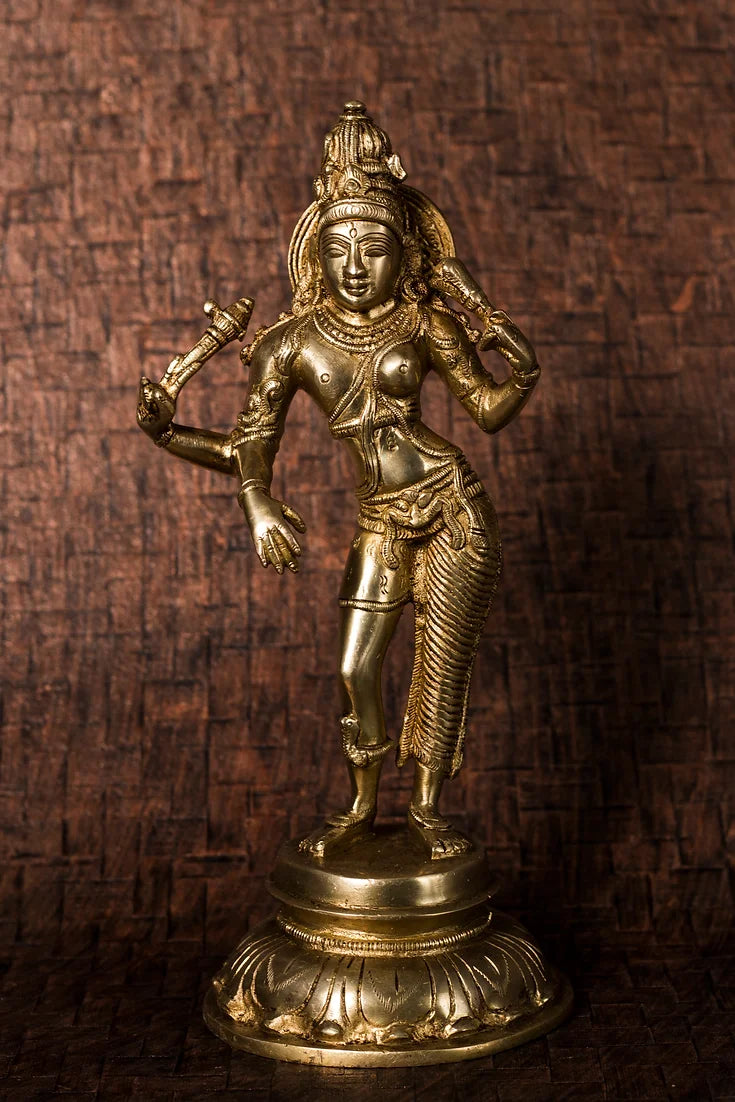
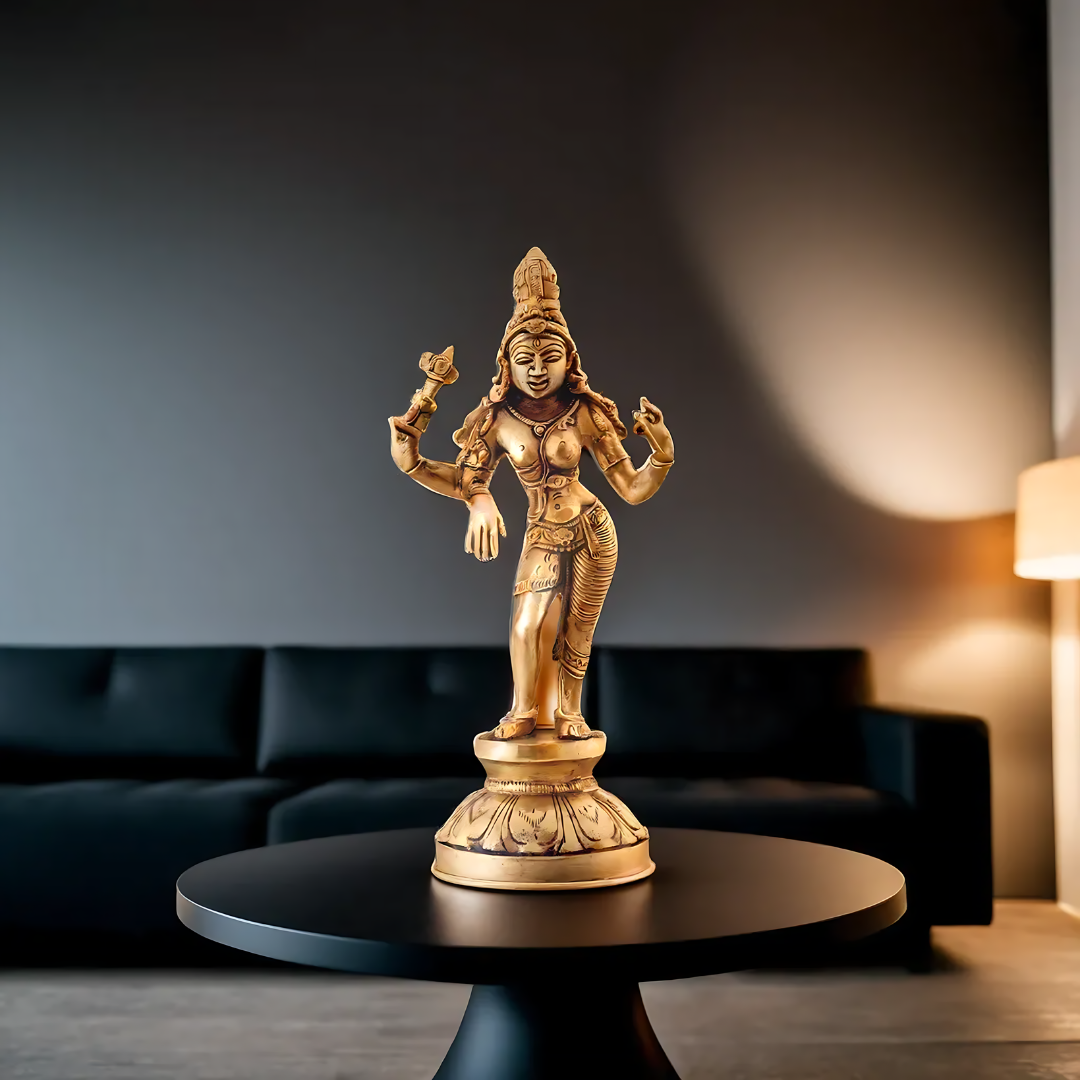
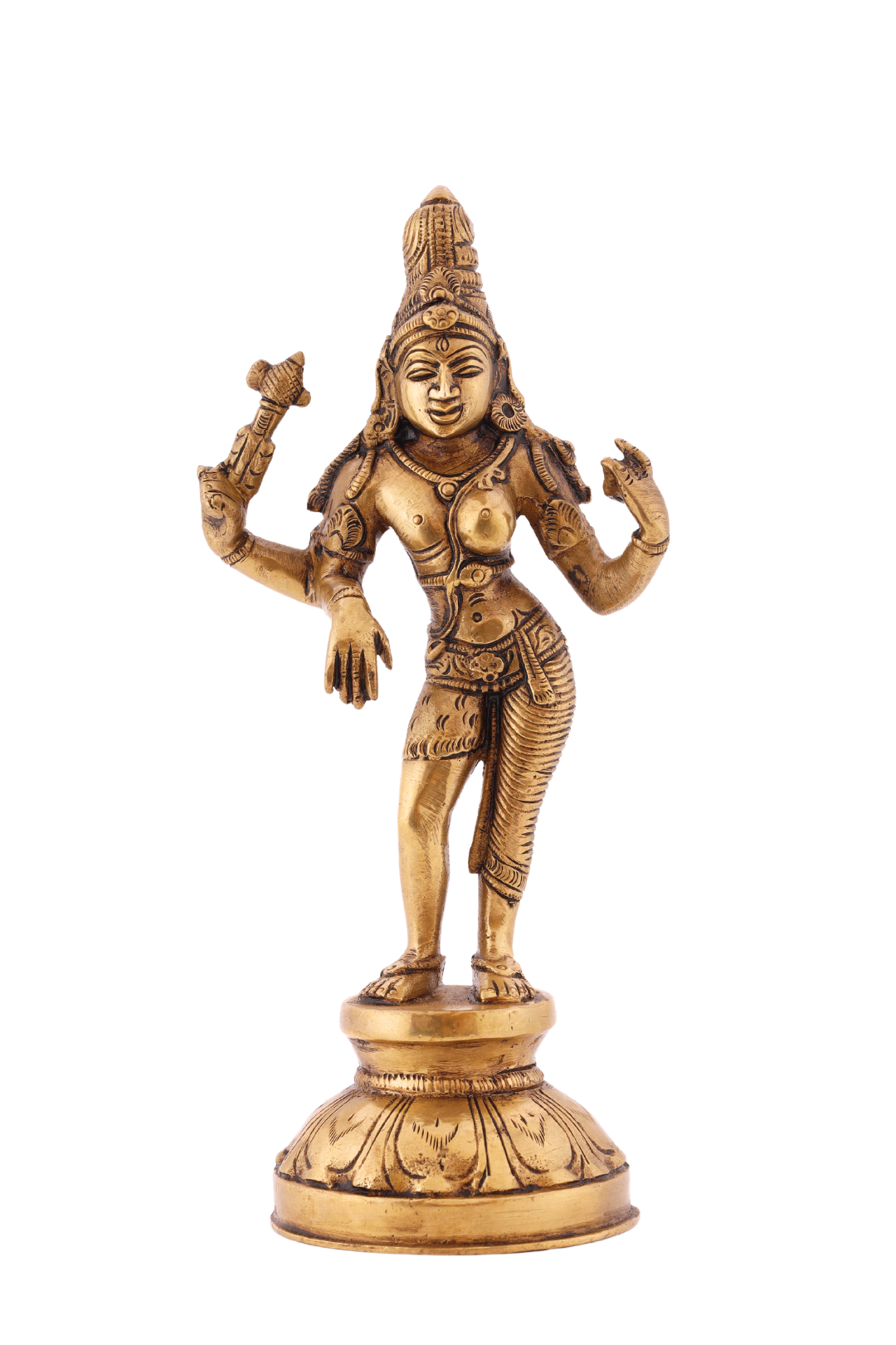
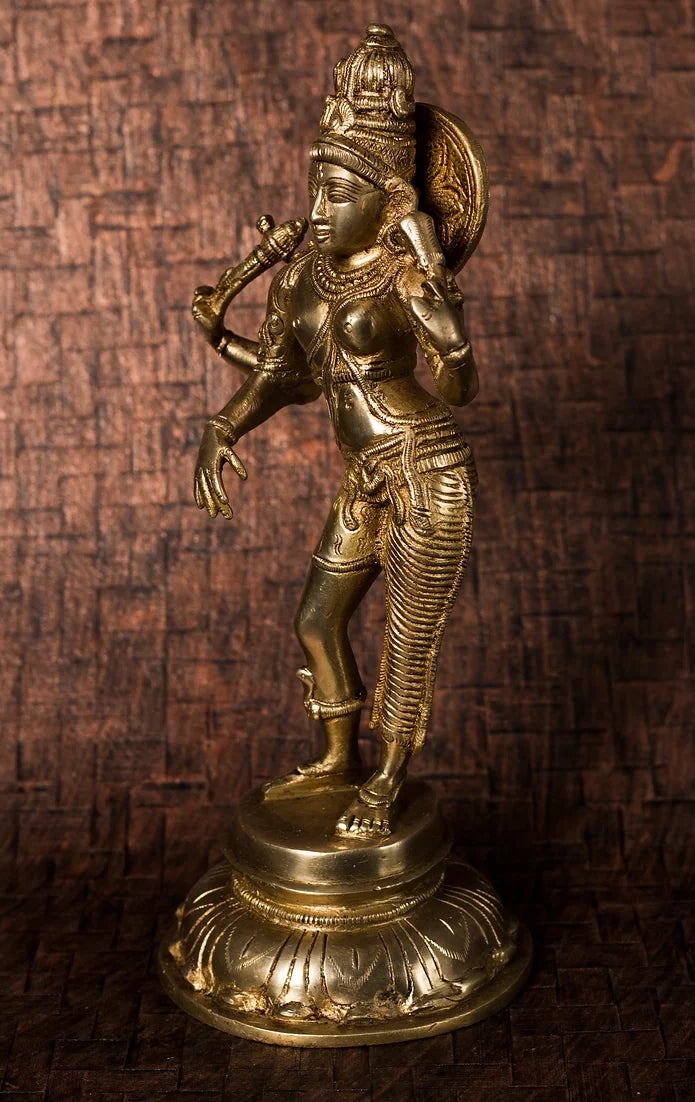
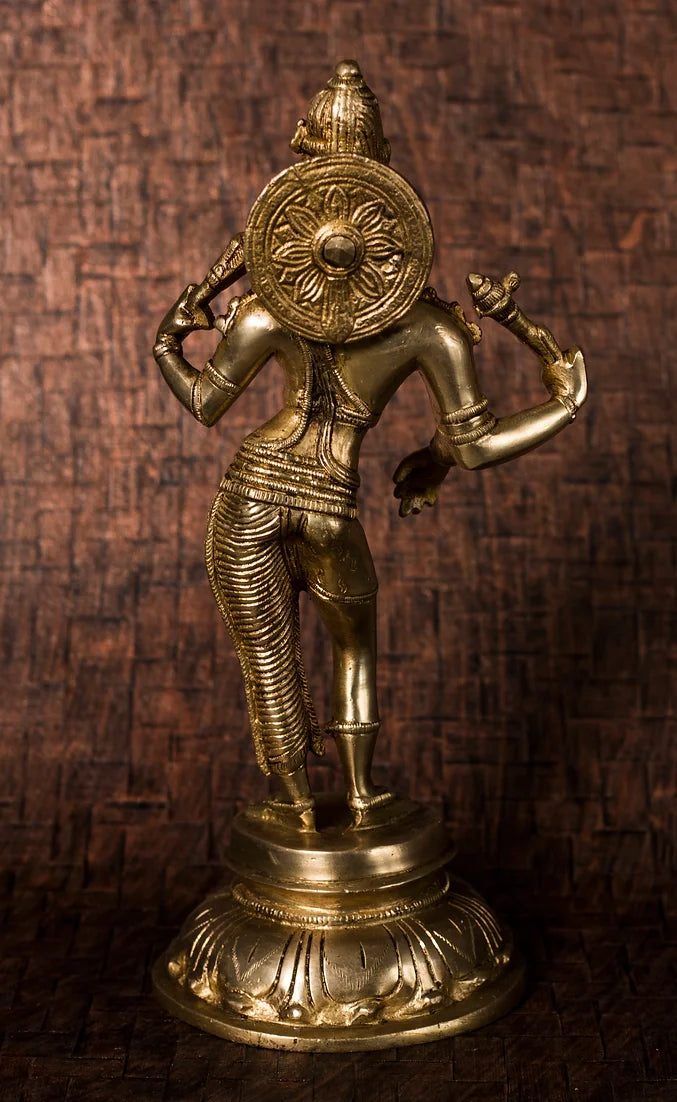
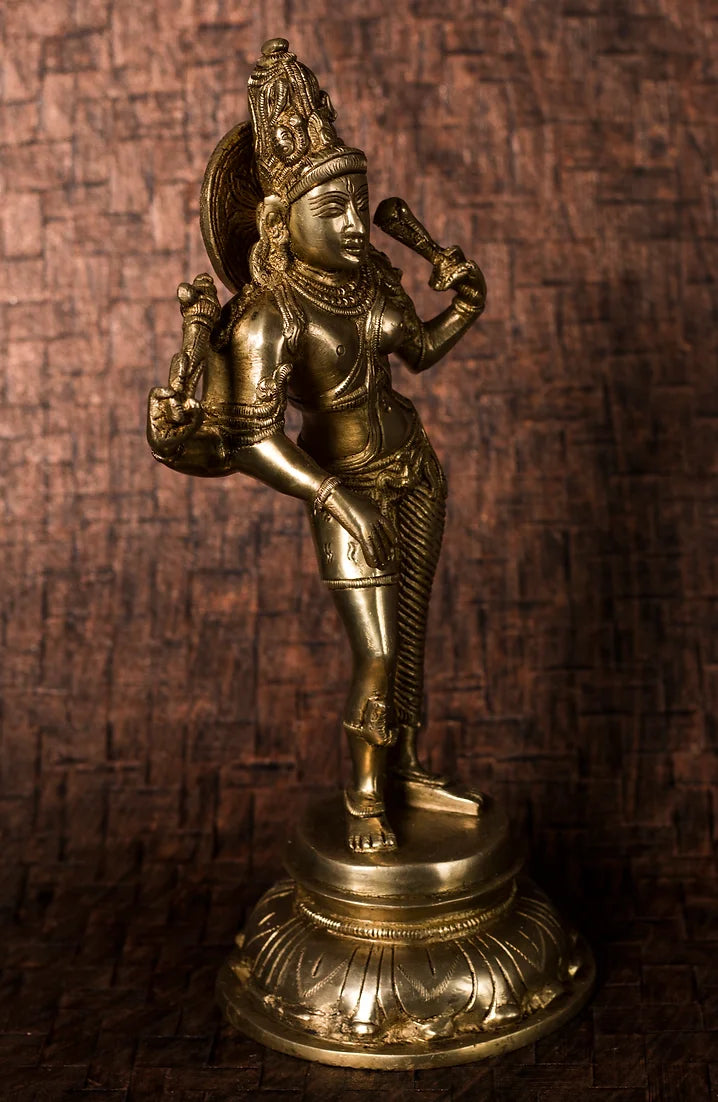
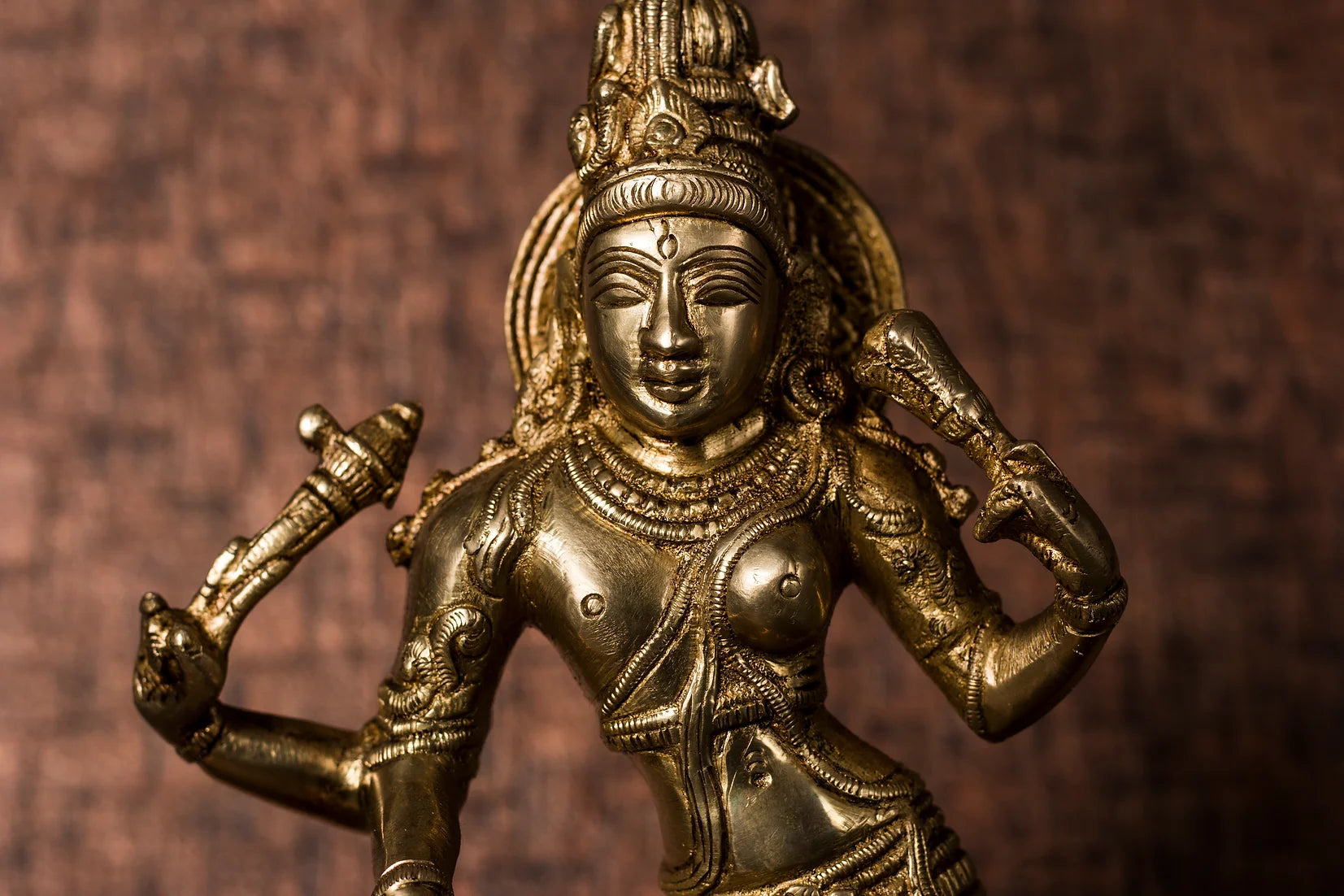
'Ardhanarishwar' in Solid Brass
If you find the same item listed at a lower price (including delivery) elsewhere, we'll match it for you.
How it works
- Send a screenshot of the item from the other website with date and time visible.
- Send us the link of the item on Brahm and on the other website.
- We'll check that it's the same item from the same seller.
- If eligible, Brahm matches the price.
Delivered from India | Delivery time: 7 to 9 working days
Etymology
In Your Home
CARE
Provenance
If you’ve ever felt both soft and unbreakable at once, this speaks to you. Ardhanarishwar: half Shiva, half Shakti, isn’t about opposites. It’s about balance. The union of energy and stillness, creation and destruction, form and emptiness. Carved in brass, the figure feels alive, caught mid-breath, each curve and contour reflecting light like thought meeting feeling.
This is philosophy you can touch. The sculptor has shaped ancient truth into something tangible. It’s not just about gender or myth. It’s about wholeness—the idea that you can be both fire and water, strength and tenderness, without contradiction.
In a home, this sculpture becomes a reminder that harmony isn’t the absence of conflict but the dance within it.
Choose options







Our Sculpture Reviews
About: 'Shiva & Parvati' Sculpture in 'Ardhnarishwar' Form
George N. – 26/06/25
The artist did an amazing job. This one-of-a-kind piece of art is truly beautiful, and it will be treasured.
Read all customer reviews →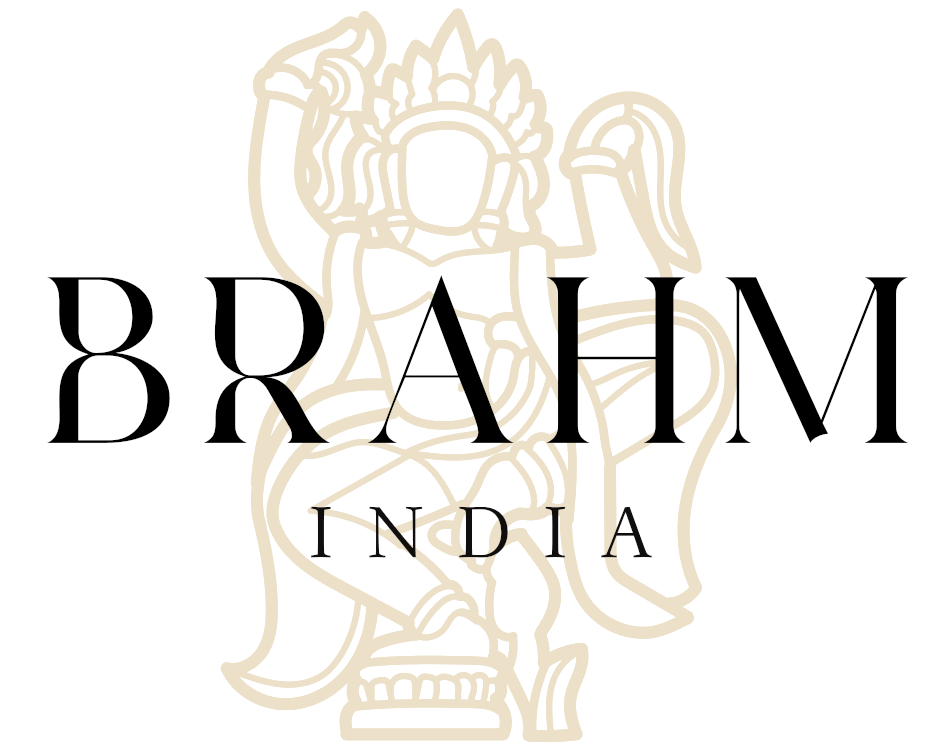
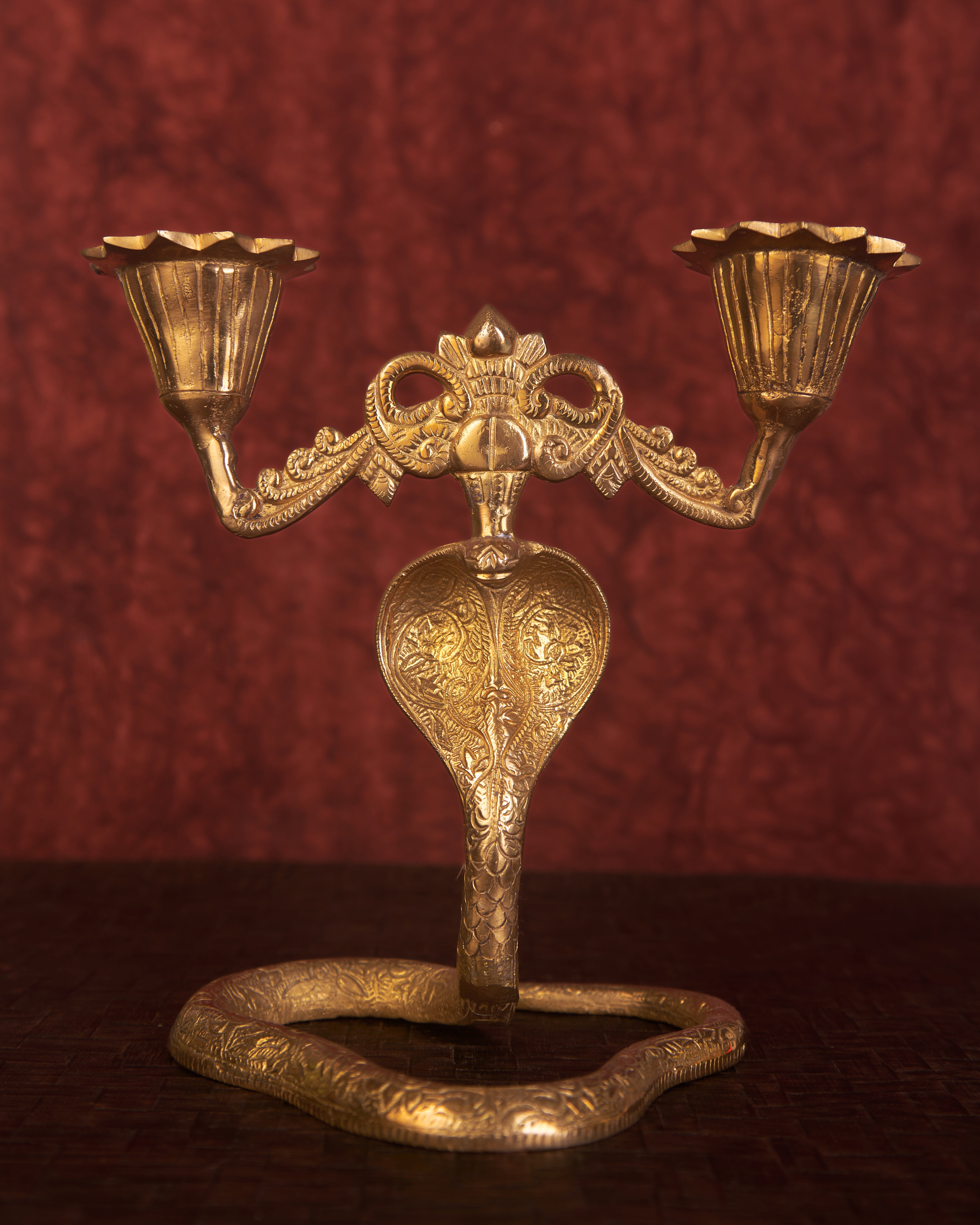
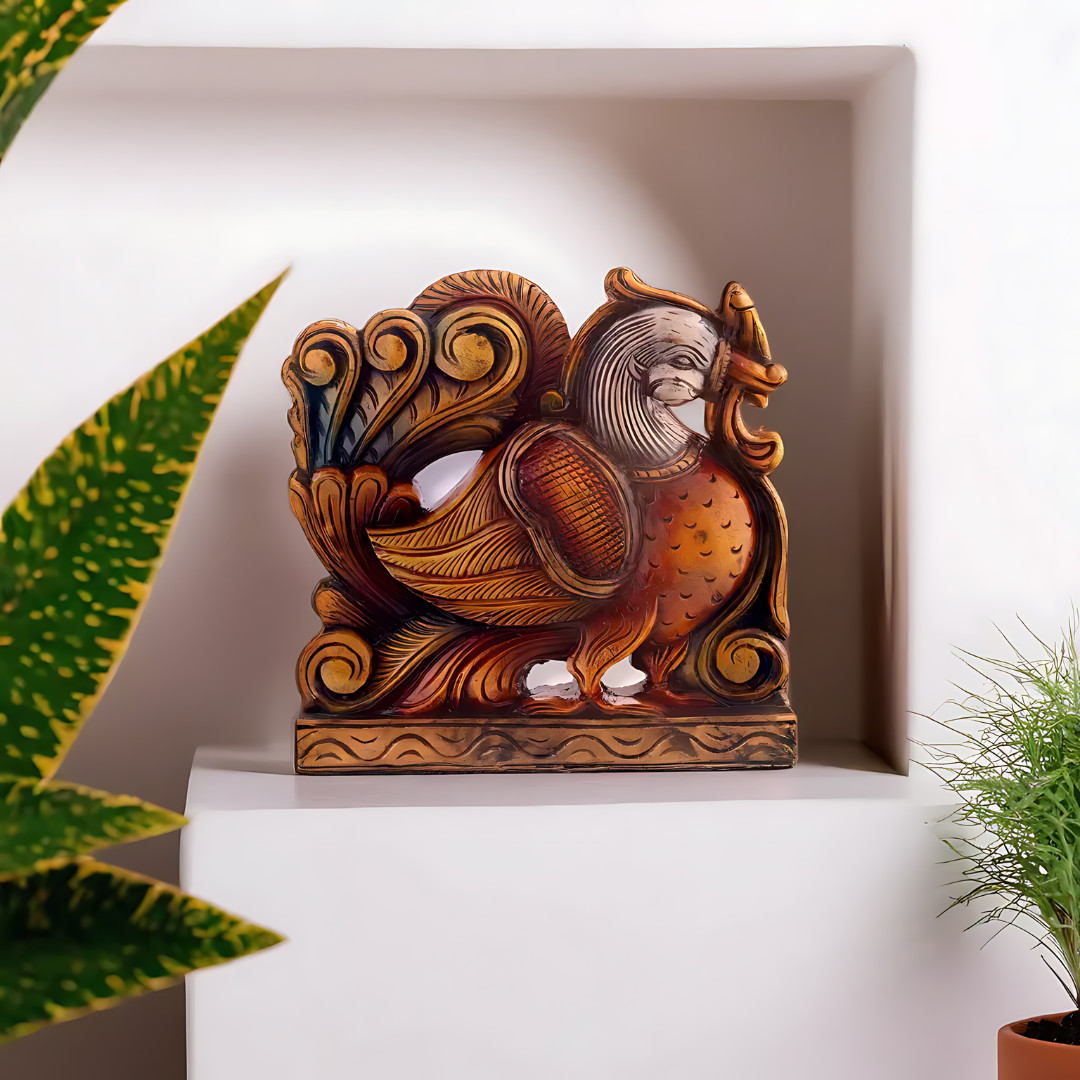
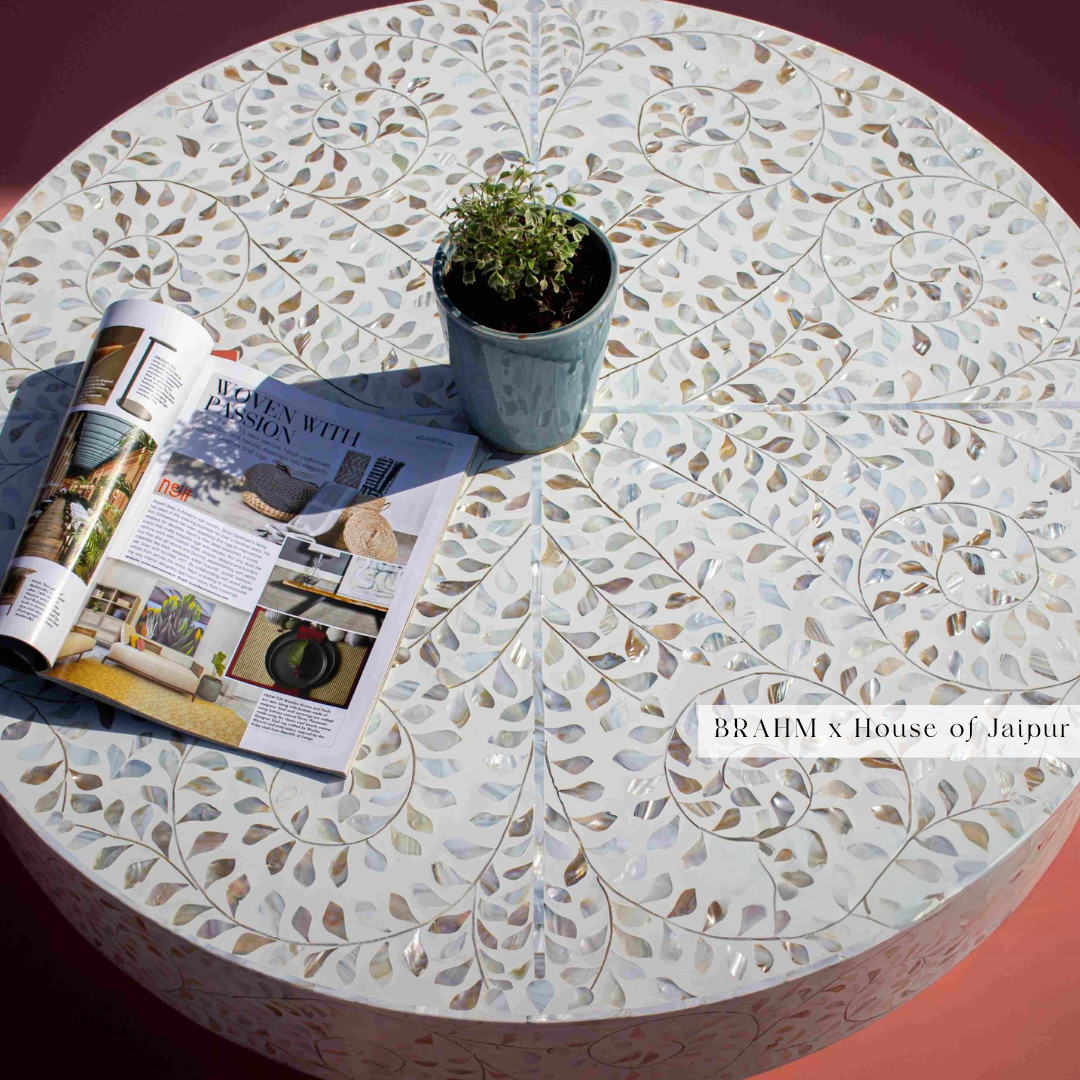
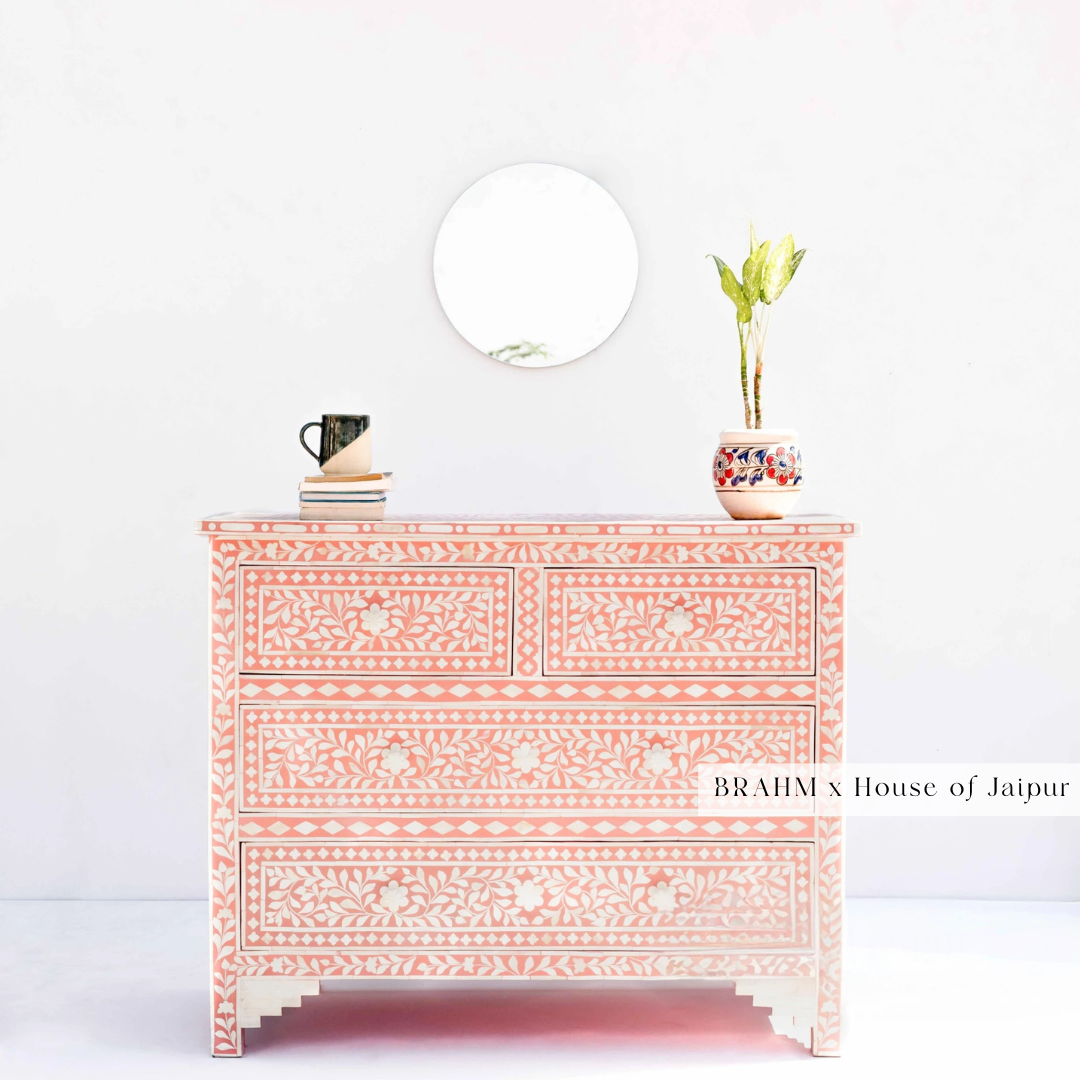
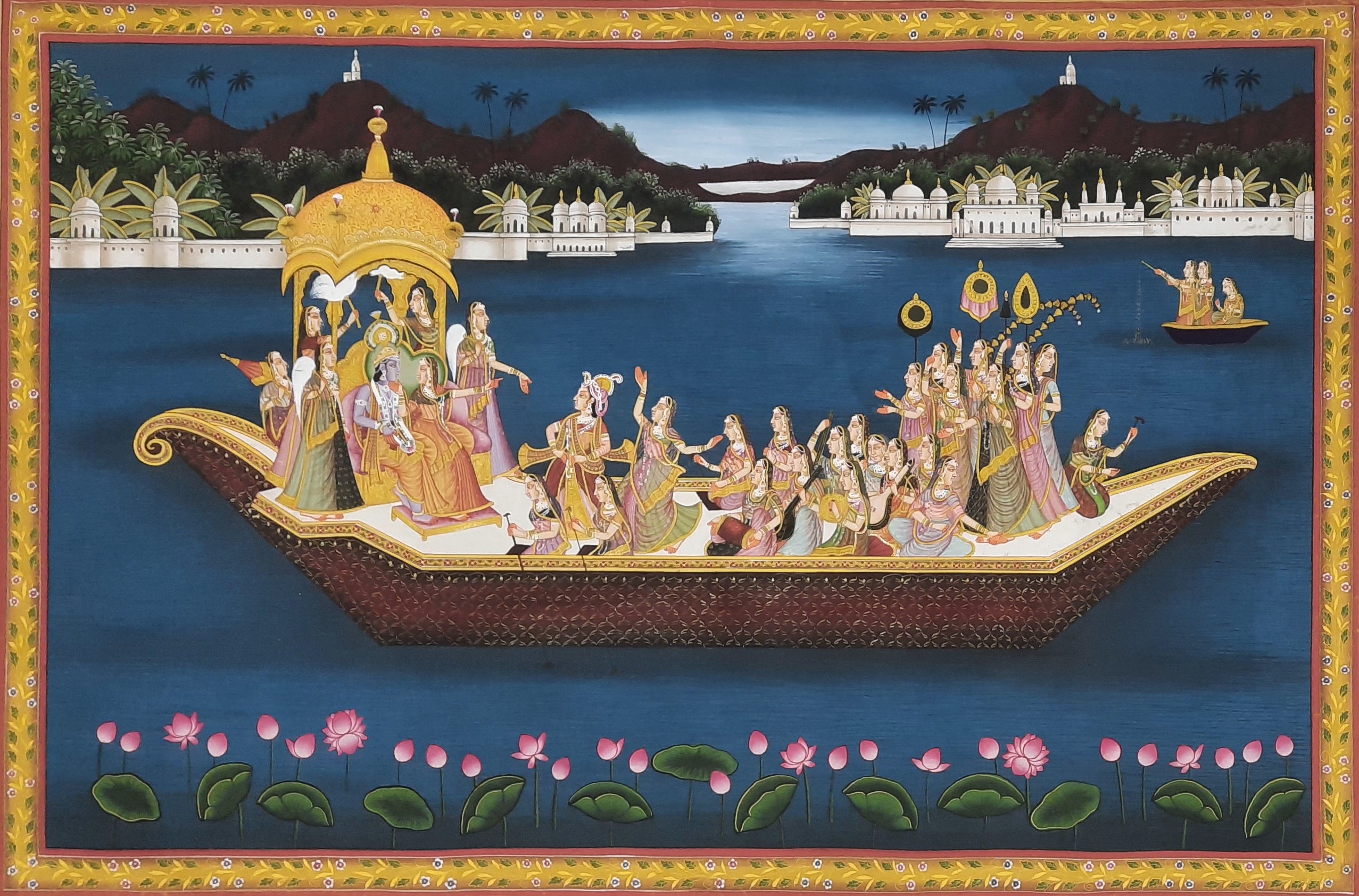
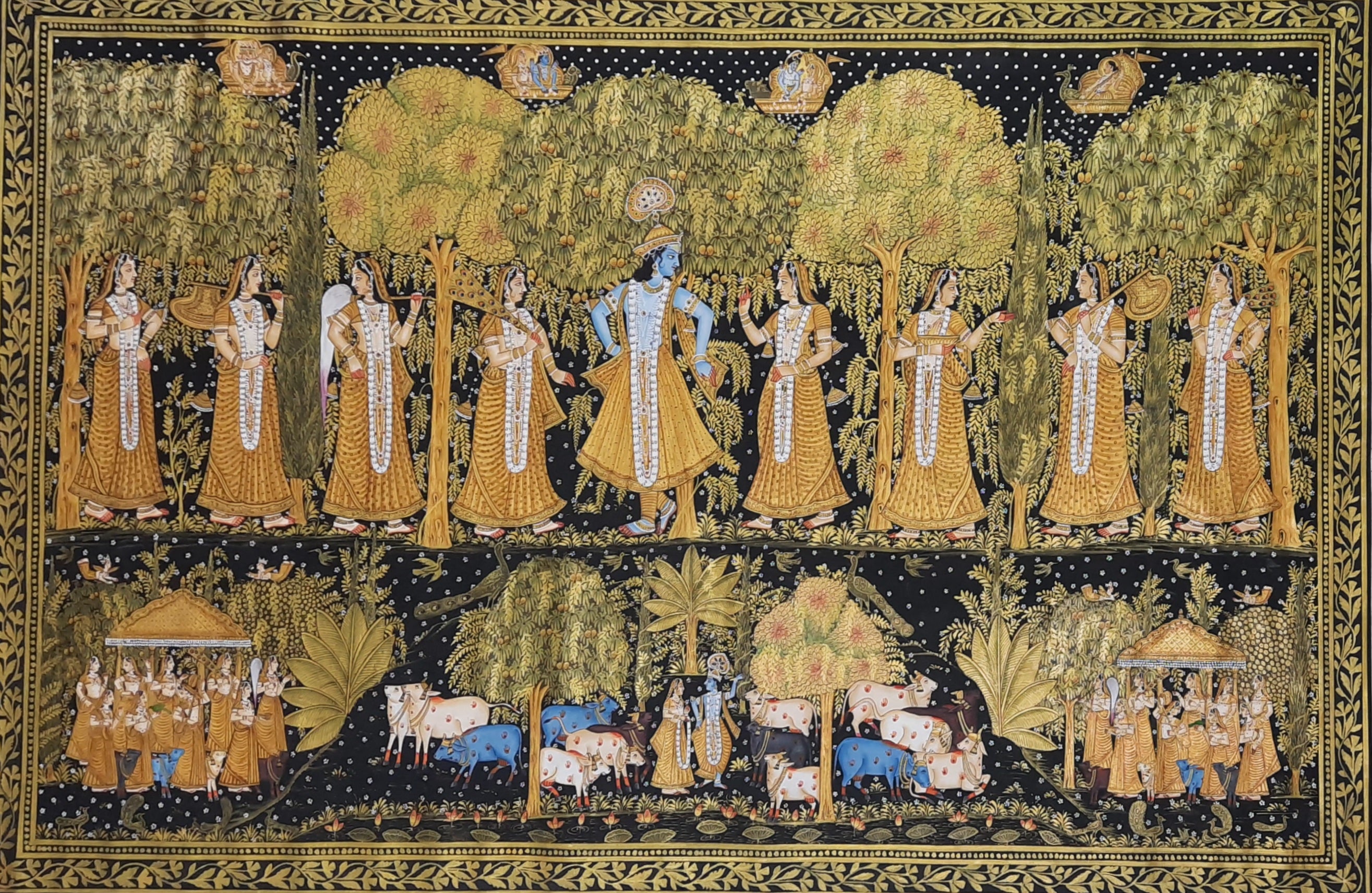
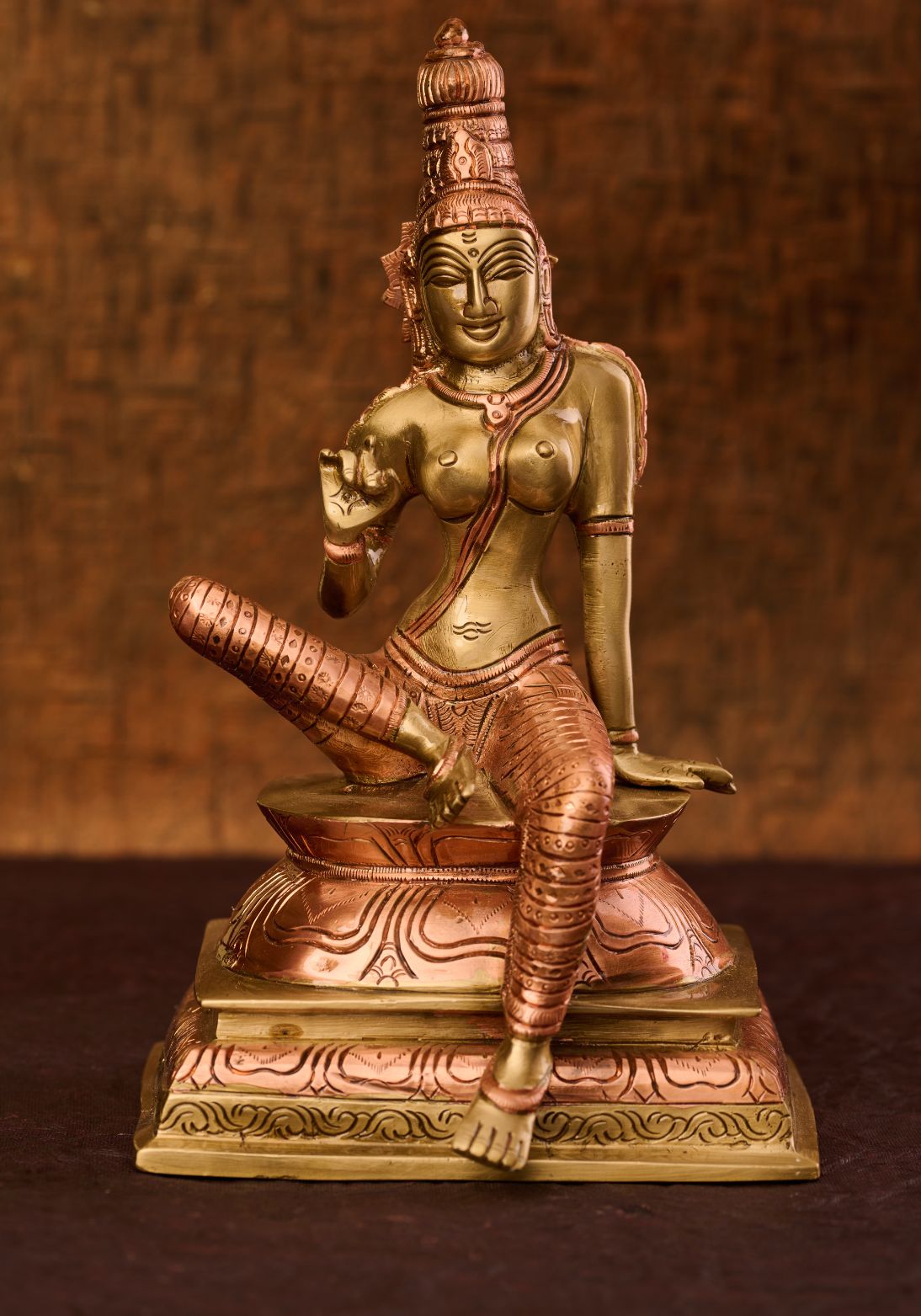
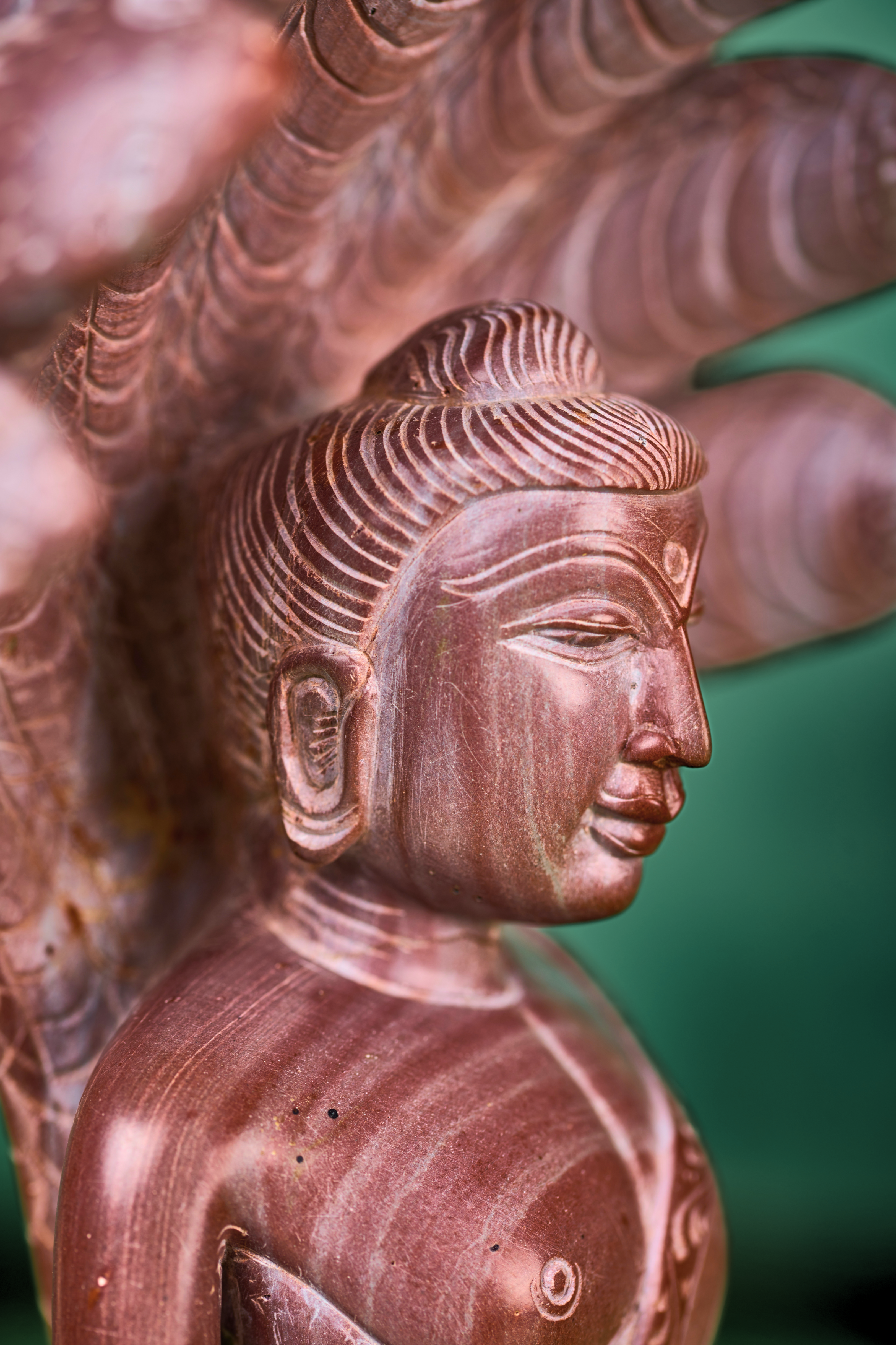
 Email
Email